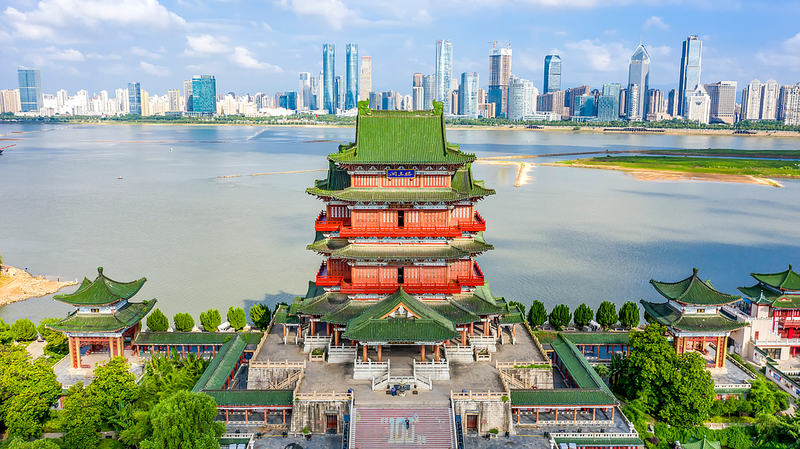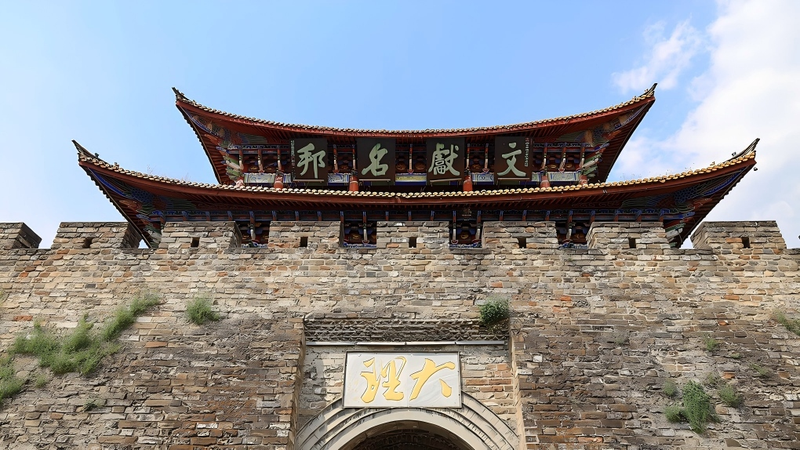Mount Qomolangma: A Towering Natural Marvel
At 8,848.86 meters, Mount Qomolangma stands as the world’s highest peak, straddling the border between Nepal and the Tibet Autonomous Region of the Chinese mainland. Its snow-clad summits and deep valleys have inspired explorers, scientists and storytellers for centuries.
Glacial Rivers and Shifting Ice
Glaciers cover roughly 36% of the mountain’s massif, feeding rivers that carve rocky slopes on both sides. Over the past six decades, satellite data shows the ice mass has receded by nearly 20%, highlighting the tangible impacts of global warming at extreme altitudes.
Wildlife Above the Clouds
Despite harsh conditions, Mount Qomolangma supports a surprising array of life. From the nimble Himalayan tahr grazing above 5,000 meters to rare snow leopards prowling crevices, the peak remains a critical habitat for high-altitude species.
Summits of Success and Sustainability
More than 5,000 climbers reached the summit last year, a record high driven by advances in gear and guided expeditions. Yet, growing foot traffic raises concerns about waste management and ethical tourism. Local authorities and international teams are testing new eco-friendly camps and stricter permit systems to protect fragile ecosystems.
Why Qomolangma Captivates Us
From scientific stations tracking air quality at 8,430 meters to adventure seekers chasing the ultimate mountaineering feat, Mount Qomolangma continues to bridge cultures and disciplines. Its enduring allure reminds us of nature’s power and our shared responsibility to preserve these iconic landscapes for future generations.
Ready to explore more? Share your thoughts and tag us on the journey!
Reference(s):
Live: Mount Qomolangma – an eternal symbol of nature's might (Ep. 2)
cgtn.com




